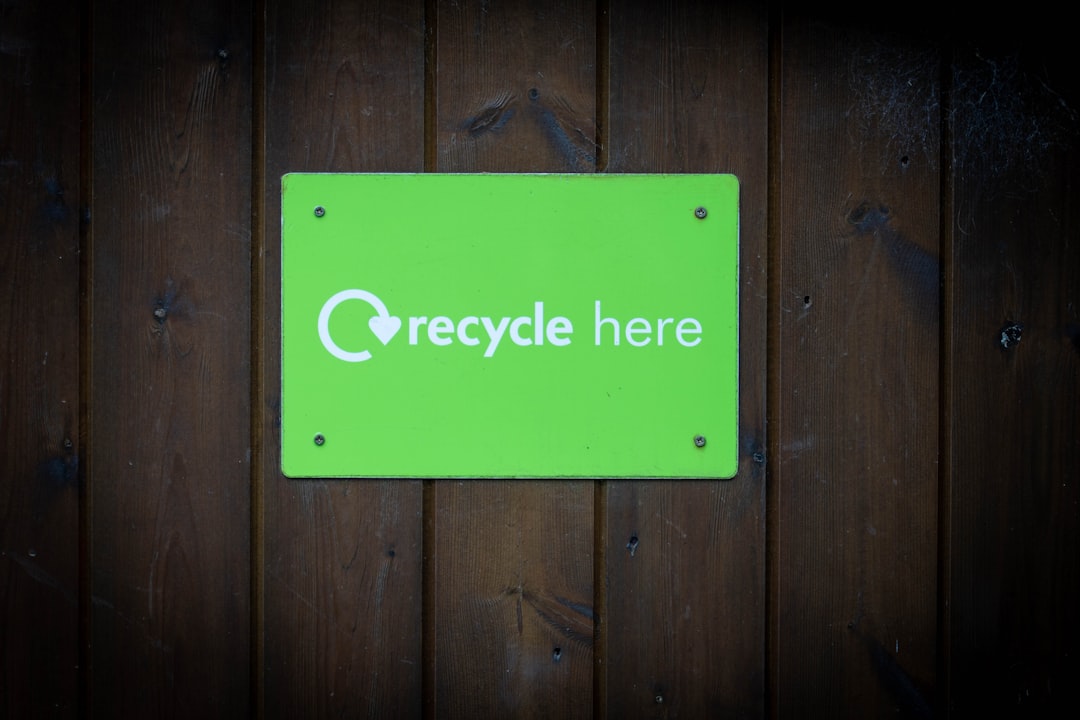The steel industry is a cornerstone of modern infrastructure, powering everything from skyscrapers to vehicles. However, its traditional production methods have significant environmental consequences. Fortunately, steel boasts an exceptional characteristic: it’s infinitely recyclable without losing its inherent properties. This blog post explores the vital role of recycling in the steel industry, examining its processes, benefits, challenges, and future prospects.
The Recycling Process: From Scrap to Steel
Steel recycling begins with the collection of scrap metal. This scrap comes from various sources, including demolition debris, end-of-life vehicles, and industrial byproducts. The scrap is then sorted and processed to remove contaminants like plastics, wood, and other non-ferrous metals. This sorting process is crucial to ensure the quality of the recycled steel. Different types of scrap are categorized based on their chemical composition and cleanliness. Heavier scrap, like automotive shredder residue (ASR), requires more intensive processing before it can be used in steelmaking.
Once sorted, the scrap is transported to steel mills, primarily those using Electric Arc Furnaces (EAFs). EAFs are significantly more energy-efficient than traditional blast furnaces, making them ideal for steel recycling. In the EAF, an electric arc melts the scrap metal, and various additives are introduced to refine the steel’s composition and achieve the desired properties. The molten steel is then cast into various forms, such as billets, slabs, or blooms, ready for further processing and manufacturing.
Environmental Benefits of Steel Recycling: A Greener Future
Steel recycling offers substantial environmental advantages compared to producing steel from raw materials like iron ore. The most significant benefit is reduced greenhouse gas emissions. Recycling steel requires significantly less energy than producing virgin steel, leading to a smaller carbon footprint. Studies have shown that recycling steel can reduce CO2 emissions by up to 75% compared to using iron ore. This reduction is crucial in mitigating climate change and achieving sustainability goals.
Furthermore, steel recycling conserves natural resources. Mining iron ore has a considerable environmental impact, including habitat destruction, water pollution, and land degradation. By using recycled steel, we lessen the demand for new iron ore extraction, minimizing these environmental consequences. Recycling also reduces the amount of waste sent to landfills, contributing to a cleaner and healthier environment.
Challenges in Steel Recycling: Overcoming Obstacles
Despite its numerous advantages, steel recycling faces several challenges. One significant hurdle is the inconsistent quality of scrap metal. Contamination can affect the quality of the recycled steel, requiring additional processing steps and potentially increasing costs. Ensuring consistent quality control throughout the recycling process is crucial for maintaining the integrity of the final product.
Another challenge lies in the collection and transportation of scrap metal. Efficient and cost-effective collection systems are essential to ensure a consistent supply of scrap for steel mills. This often involves logistical complexities, particularly in managing diverse sources of scrap and geographically dispersed collection points. Furthermore, the global nature of the steel industry necessitates international collaboration to establish efficient and sustainable recycling practices.
Technological Advancements: Shaping the Future of Steel Recycling
Technological innovations are continuously improving steel recycling processes and expanding its potential. Advancements in sorting technologies, such as automated sorting systems using AI and machine learning, enhance the efficiency and accuracy of separating different types of scrap. These technologies minimize contamination and improve the overall quality of recycled steel.
Research and development are also focused on improving the energy efficiency of EAFs and developing new technologies to process challenging scrap materials like ASR. The development of more sophisticated alloying techniques allows for the production of high-quality steel from recycled materials, meeting the demands of various industries. Furthermore, the integration of circular economy principles into the steel industry’s supply chain is driving innovation in recycling and resource management.
The Circular Economy and the Steel Industry: A Symbiotic Relationship
The concept of a circular economy emphasizes reducing waste and maximizing resource utilization. Steel recycling is a cornerstone of a circular economy for the steel industry. By closing the loop and reusing steel multiple times, we minimize waste, conserve resources, and reduce environmental impact. This approach requires collaboration across the entire steel value chain, from producers and consumers to recyclers and policymakers.
Implementing a robust circular economy model for steel requires several key elements: improved scrap collection infrastructure, enhanced sorting and processing technologies, increased demand for recycled steel, and supportive government policies that incentivize recycling and discourage landfilling. By embracing a circular economy approach, the steel industry can significantly reduce its environmental footprint and contribute to a more sustainable future.
The future of steel production is inextricably linked to recycling. By embracing innovation, investing in efficient recycling infrastructure, and promoting a circular economy model, the steel industry can create a more sustainable and environmentally responsible future, ensuring that steel’s second life is as impactful as its first.
Tags: steel recycling, sustainable steel, scrap metal recycling, electric arc furnace (EAF), circular economy steel




